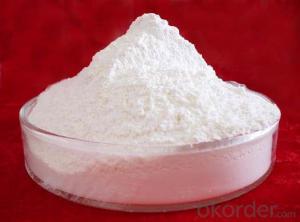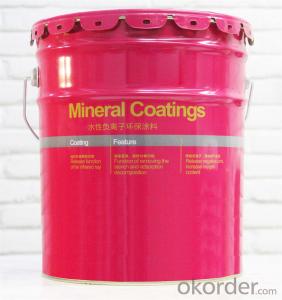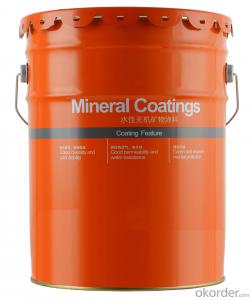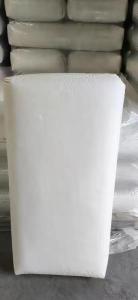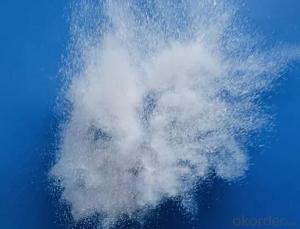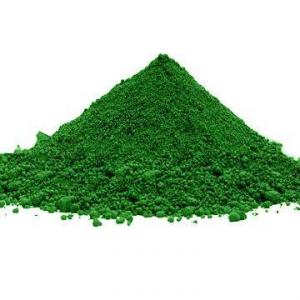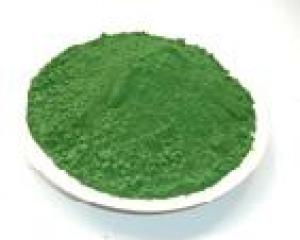Lithopone 28%-30% For Paint &Coating with good price
- Loading Port:
- Tianjin
- Payment Terms:
- TT OR LC
- Min Order Qty:
- 20 m.t.
- Supply Capability:
- 2000 m.t./month
OKorder Service Pledge
OKorder Financial Service
You Might Also Like
Specifications of Lithopone
1.The factory direct sell
2.Free samples
3.Visit our booth for more details
Lithopone(B301 B311)
1.well-used in paint-making, printing ink, plastics, leather, PVC
2.lithopone 28-30% b311 b301
3.high quality
4.low price
Features:
1) A white pigment produced by precipitation through filtering,
heating and quenching works
2) Has mostly been replaced by titanium dioxide which is more
durable, but it is much cheaper
Applications:
1) Used as a base for lake pigment
2) Used as a inert pigment for paint, ink and cosmetics
3) A large range of applications in plastic industry
4) Used as a filler in paper, leather, and linoleum
English Name: Lithopone(B301 B311) | ||
Item | Index | |
B301 | B311 | |
In terms of total zinc sulfide and barium sulfate the sum of% (m / m) ≥ | 99 | 99 |
The total amount of zinc (in zinc sulfide)% m / m) ≥ | 28 | 30 |
Zinc Oxide% (m / m) | 0.6 | 0.3 |
105 °C Volatile% (m / m) ≤ | 0.3 | 0.3 |
Water soluble% (m / m) ≤ | 0.4 | 0.3 |
Filter material (63μm filter)% (m / m) ≤ | 0.1 | 0.1 |
Color (with standard sample) | Excellent | Excellent |
Death by degrees to take liquid water | Neutral | Neutral |
Oil Absorption g/100g | 14 | 10 |
Reducing power (with standard sample)% ≥ | 105 | 105 |
Opacity (contrast ratio) | Not lower than 5%standerd sample | Not lower than 5%standerd sample |
Properties: This product is a kind of new-style nontoxic. Green non-pollution, lithopone than traditional lithopone albedo high, hiding power, fineness and high-temperature weatherability, strong characteristic. | ||
Uses: Widely used in coating, powder, plastic, profiles, paint, rubber, paper, and leather, etc. | ||
Packing: 25 kg/50kg P.P woven bag or with the clients’ request | ||
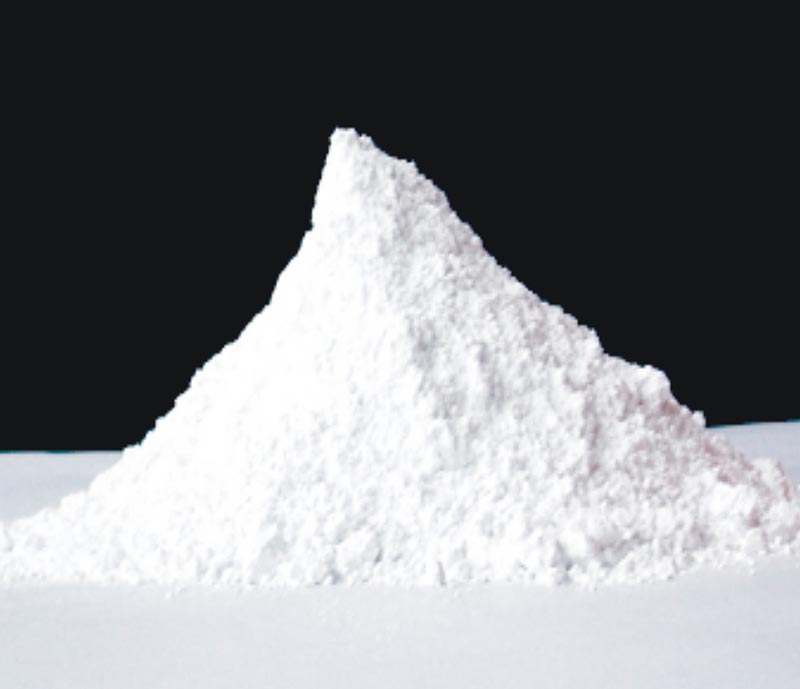
- Q:i also need the color they are links would be great if you know a good one
- Photosynthesis Pigments
- Q:i bought the new neon pro pigments from mac , well 5 out of the six and i also bought 'basic red'i want to use these as eye shadows but i dont know howi also bought mac mixing medium for face and body but lol , i dont know how to use any of this stuffwhat can i do to use this stuff i mean will it turn out like regular eyeshadow if i use it right? will there be a shine to it? it will reduce fall out? should i put the mixing medium on my eye first , then let dry?do i need to possibly press the pigments in a pot with some kind of eye shadow liquid?i also bought the mascara mixing medium but want to know exactly what to do with thatand also , can i mix any of the pigments with lipgloss?http://cn1.kaboodle /hi/img/2/0/0/119/a/AAAAAlrx1LUAAAAAARmgiA.jpg
- Mac Pro Pigments
- Q:do all leaves extract contain the same pigments??why?
- Absolutely not. Leaf pigments, just to name a few, may include chlorophyll, carotenes, lutein, anthocyanins. Not only will pigment content vary between plant species, but pigment content will vary in individual plants seasonally.
- Q:explain an absorption spectrum of different pigments and the action spectrum ofphotosynthesis.
- Emission spectra is considered whilst a gas, as an occasion, is heated. The electrons of its atoms are excited and can ultimately substitute its potential point. this occasion being volatile, the electron ultimately returns to the preliminary state and emits a nicely-defined photon. In an absorption spectra the source of sunshine isn't the gas. An exterior source of white (or however variety you want) easy emits in direction of the gas you're utilising; on condition that the potential ranges are quantified on the atoms of the gas, the electrons of the atoms would be excited in basic terms whilst a photon of precise potential (akin to the potential difference between the electron's point and yet another one on the atom) arrives. hence, based on the gas, in basic terms nicely-defined photons would be absorbed, and the absorption spectra is then obtained.
- Q:pigment: its color (to our eyes) what color of light it absorbsChl a Chl bCartenoidsany right answers would bbe greatly appreicated thanks soo muchhh
- pigment: .... reflected color to eyes .. what color of light it absorbs Chl a reflects green spectra between the blue and red absorption peaks. Some is absorbed at blue 450nm but most absorbed at red 680 - 700nm. Chl b reflects green spectra between the blue and red absorption peaks with a difference in which peak is stronger. Most is absorbed at blue 470 but also some at blue 430 and red 640 nm. Cartenoids reflect yellow, orange, or red and absorbs blue to blue-green light spectra. Xanthophyll absorbs well at 400-530 nm. Xanthophylls are a common sub class of the carotenoid pigment group. Beta-carotene absorbs most strongly between 400-500 nm.
- Q:So i'm writing up a lab report and i'm just a little confused on why scarlet, rosy, cinnabar and vermillion mutants contain the same kinds and amounts of pigments found in wild-type according to paper chromatography. Since they're mutants shouldn't it be different? I don't understand how i'm going to explain that they are mutants when it appears that they have the same phenotype as wild-type. Thank you so much for your help!
- Man pigments determine the colour of the eye. If the composition of pigments is same in all the flies,how can the colour in which their eyes look differ?isn't this a contradiction?i suspect the accuracy of The chromatography test because even a very very slight change in the amount of pigment can significantly change the colour. The phenotype is always different in mutants due to different genotype. in genotype is taken for granted if a change in phenotype is present. Wait just got over into a nice point. Sometimes even if the pigment composition being same different colours m8 be produced due to different allotropes or iro of the same pigment might have different colours!though allotropes(not isomers) have same composition but differ in,their post translational changes r different.since post translational changes r indirectly influenced by genes.this completely explains this case.
- Q:Explain light activation of pigments (absorption of light by pigments)?
- A pigment is a substance that imparts color by absorbing some frequencies of visible light but not others. For instance, there are a lot of substances that absorb ultraviolet light into the visible spectrum, in other words they also absorb plain violet light. Since they absorb violet light but reflect back the rest of light, they appear yellow. Purple pigments, on the other hand, are quite rare because they absorb purple light (which has the highest energy of visible light) and reflect back everything else. When anything absorbs a photon of electromagnetic radiation (light, x-rays, ultraviolet, infrared, microwaves, gamma rays, radio waves), it is activated which means that it takes the energy of the photon and goes to an energy state that is higher by the same amount of energy that was in the photon. At the molecular level, energy is quantized, meaning its restricted to particular states. For instance, vibrational energy corresponds to infrared light: there are only certain ways, called modes, that a molecule can vibrate in, if it can't vibrate in an appropriate mode, it can't absorb the infrared radiation that corresponds to being promoted to that mode. That's why substances can be transparent. At the higher energy state, the substance might be able to participate in chemical reactions that it would not be able to participate in in a lower state. That's usually what is meant by light activation. So a pigment that absorbs visible or UV light might become activated and react with something or react in ways that it wouldn't be able to in the dark.
- Q:wut is the diff between those 2?
- MAC pigment is a loose eyeshadow that comes in a jar. It is made with ingredients that help adhere to the skin it is also easy to blend and doesn't cake. It is also to use pigment if you want very intense colors. And MAC eyeshadow well it comes in a little case it is in powder form it's a lot easier to apply than the pigment because the pigment tends to get all over the place. Personally I like the eyeshadow better more shades and easier to apply.
- Q:I bought the color Frozen White, and the store sample was sort chunky too, and it doesn't go on my skin well because of that. How can I apply it on smoothly? do I need to add a little water??? help!!!!
- Some pigments are just designed to be chunky. As the answer above said, definitely use fix+ or mixing mediums. water will not be good enough as it does not have that 'sticky' residue that both fix+ and mixing mediums have. Also, I find that having an eyeshadow base helps a lot - makes pigments a tad easier to blend. This may work or it may not, really depends on the individual pigment, and i've never used Frozen White before... BUT try breaking up the pigment chunks by using a plastic spatula (should be able to buy them in make up stores like Sephora). Literally, put some on the cap and then just crush it until it becomes finer. Hope this helps :)
- Q:How can you extract pure pigments from a sample of leaves in a form that you could test the absorbency of the various pigments??I don't know how to extract enough pigment in order to fill a cuvette and measure the absorbance, please help!! :D
- Separation of plant pigments using chromatography. Paper chromatography is a useful technique in the separation and identification of different plant pigments. In this technique, the mixture containing the pigments to be separated is first applied as a spot or a line to the paper about 1.5 cm from the bottom edge of the paper. The paper is then placed in a container with the tip of the paper touching the solvent. Solvent is absorbed by the chromatographic paper and moved up the paper by capillary action. As the solvent crosses the area containing plant pigment extract, the pigments dissolve in and move with the solvent. The solvent carries the dissolved pigments as it moves up the paper. The pigments are carried along at different rates because they are not equally soluble. Therefore, the less soluble pigments will move slower up the paper than the more soluble pigments. This is known as developing a chromatogram.
1. Manufacturer Overview |
|
|---|---|
| Location | |
| Year Established | |
| Annual Output Value | |
| Main Markets | |
| Company Certifications | |
2. Manufacturer Certificates |
|
|---|---|
| a) Certification Name | |
| Range | |
| Reference | |
| Validity Period | |
3. Manufacturer Capability |
|
|---|---|
| a)Trade Capacity | |
| Nearest Port | |
| Export Percentage | |
| No.of Employees in Trade Department | |
| Language Spoken: | |
| b)Factory Information | |
| Factory Size: | |
| No. of Production Lines | |
| Contract Manufacturing | |
| Product Price Range | |
Send your message to us
Lithopone 28%-30% For Paint &Coating with good price
- Loading Port:
- Tianjin
- Payment Terms:
- TT OR LC
- Min Order Qty:
- 20 m.t.
- Supply Capability:
- 2000 m.t./month
OKorder Service Pledge
OKorder Financial Service
Similar products
New products
Hot products
Related keywords
